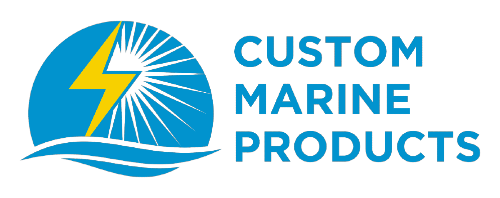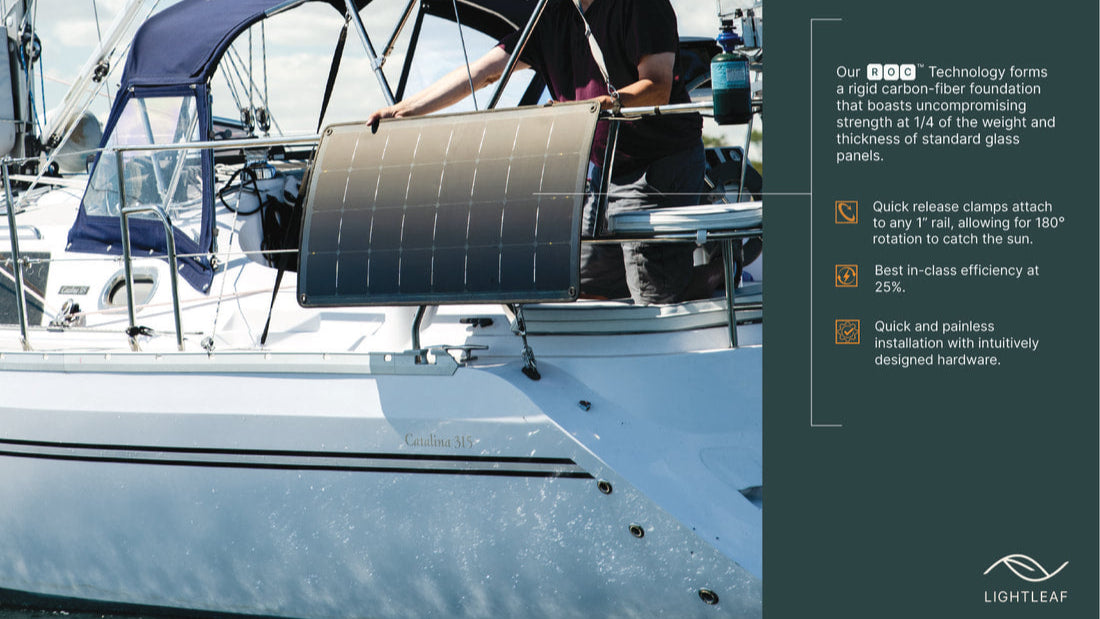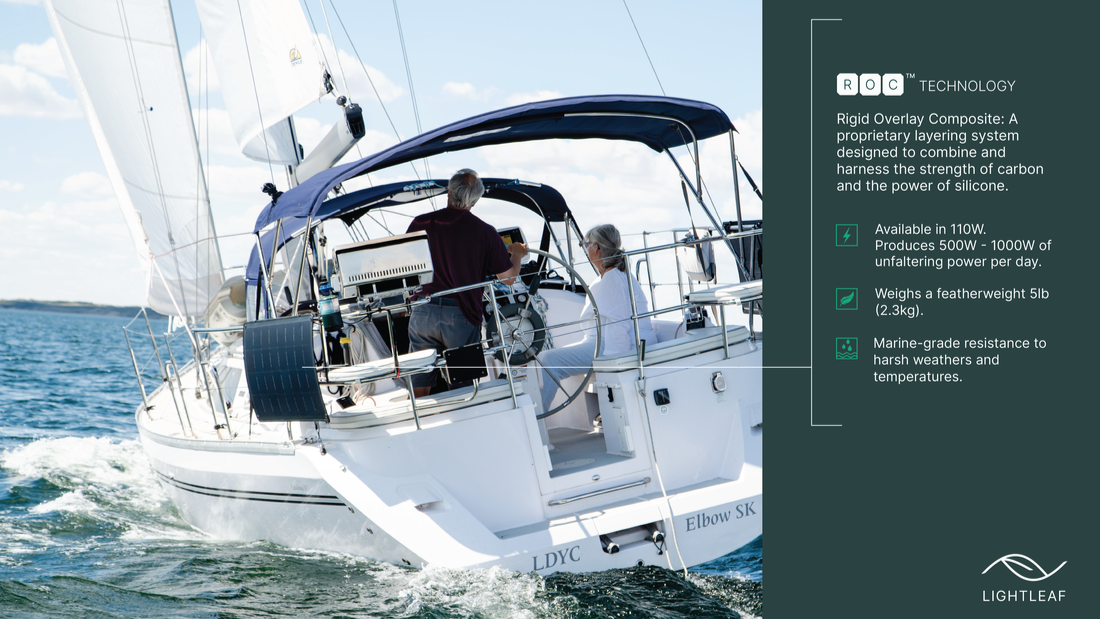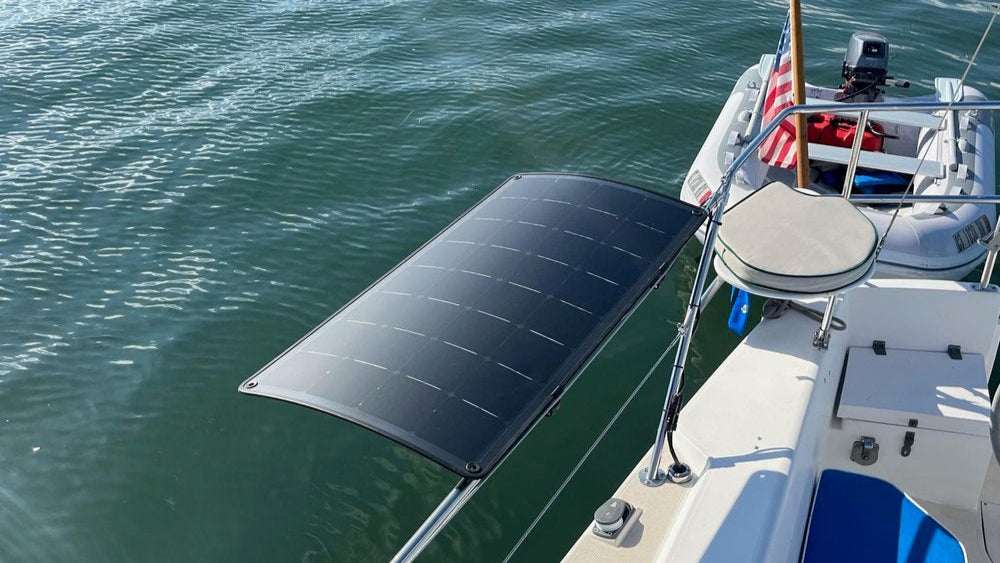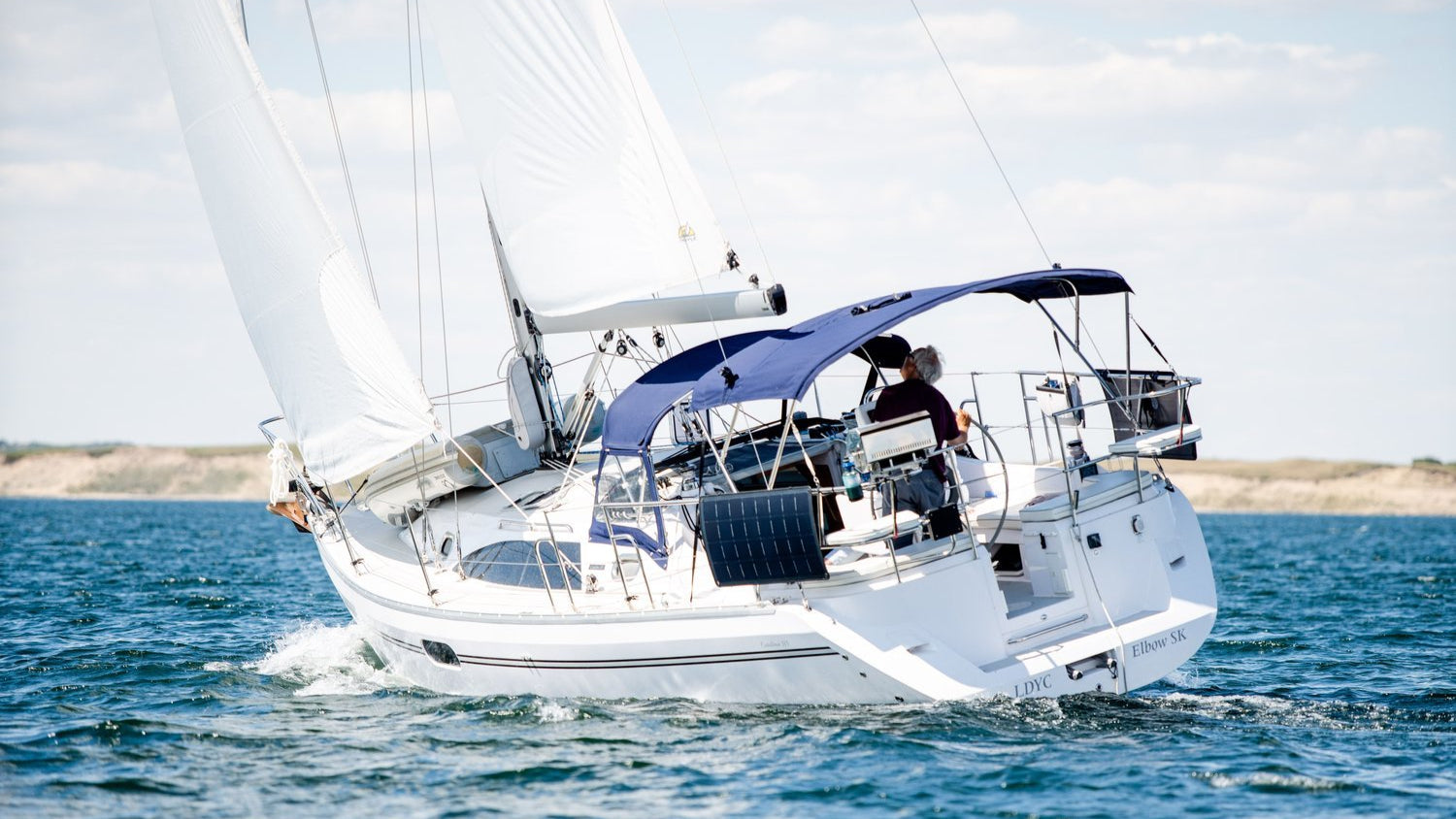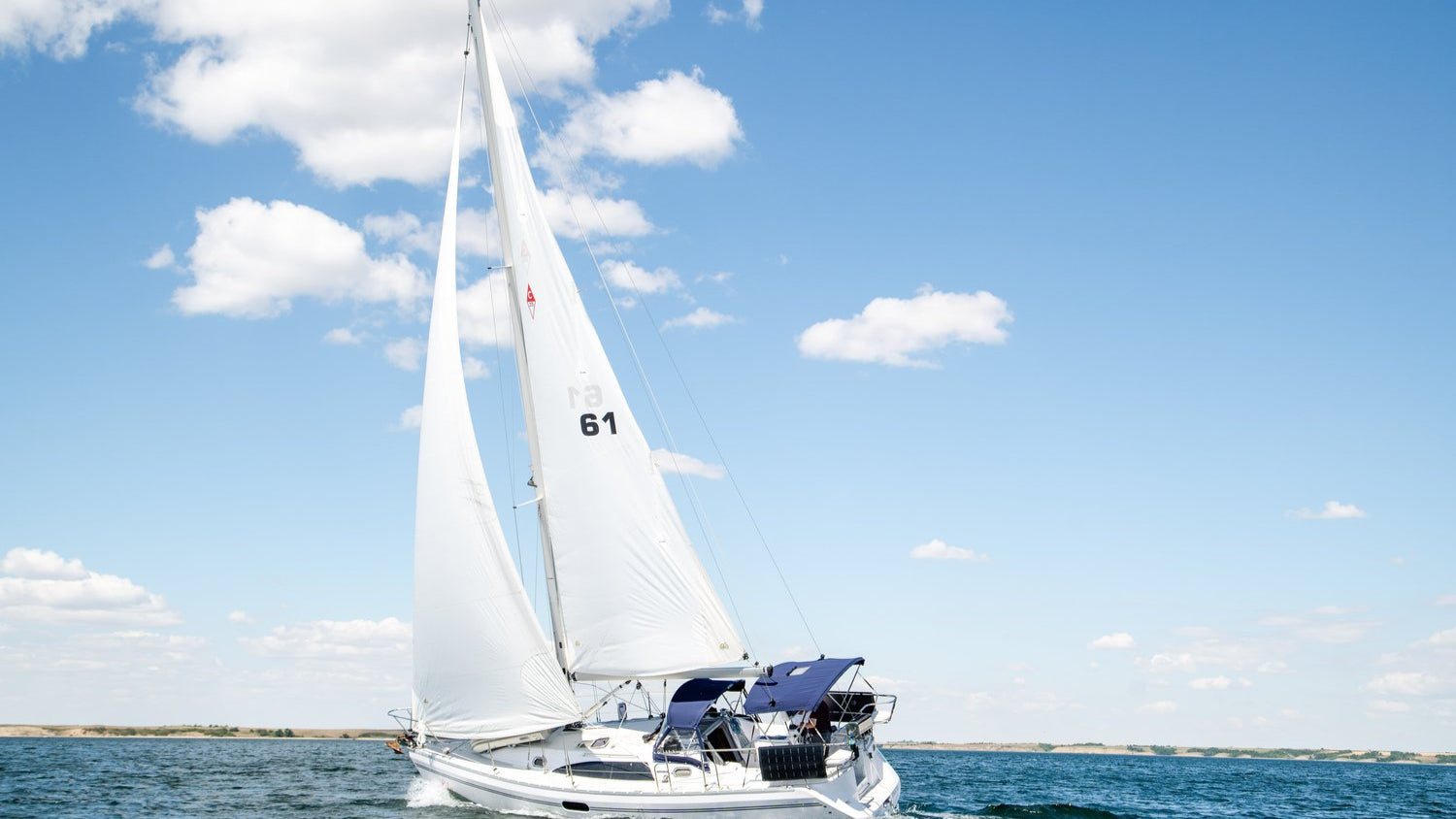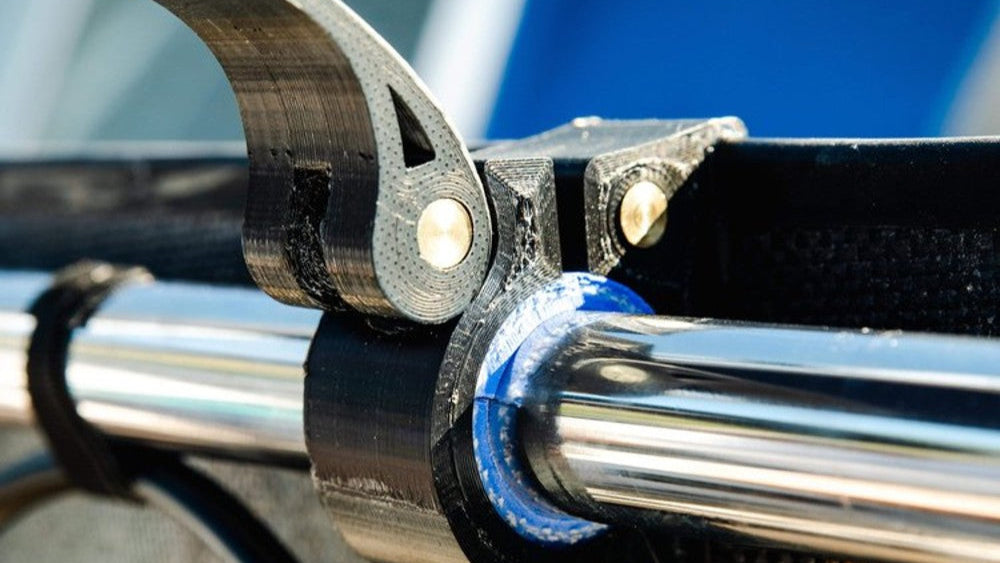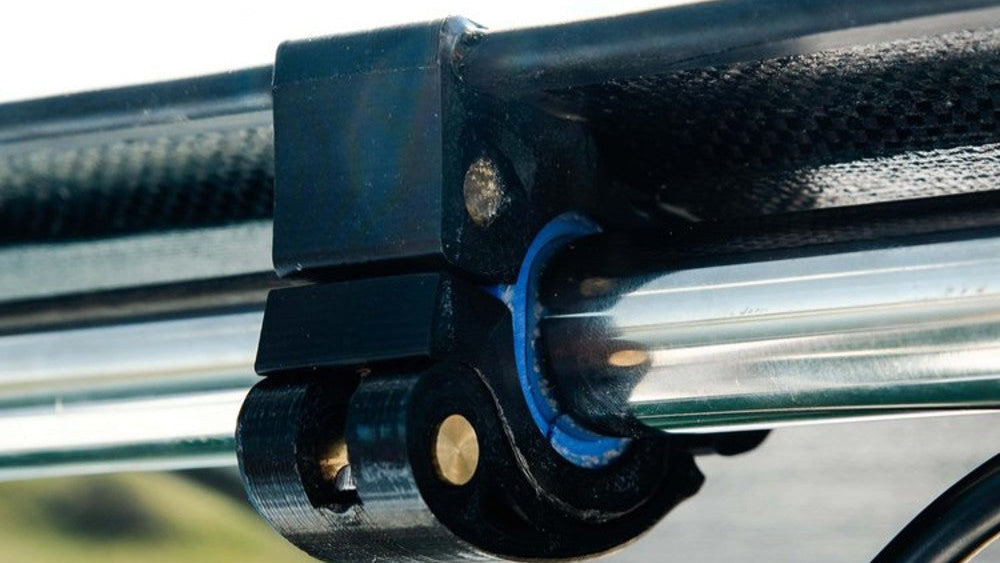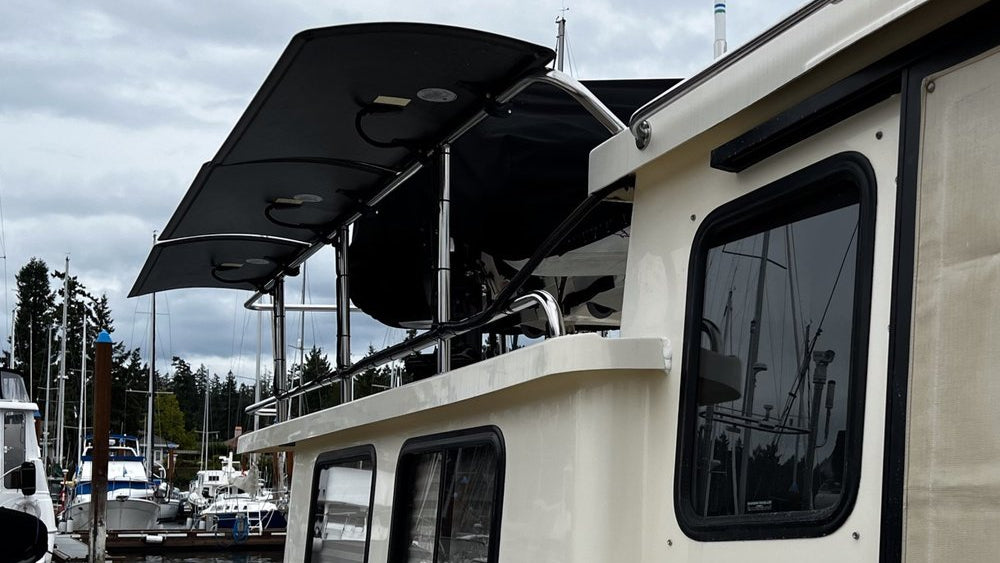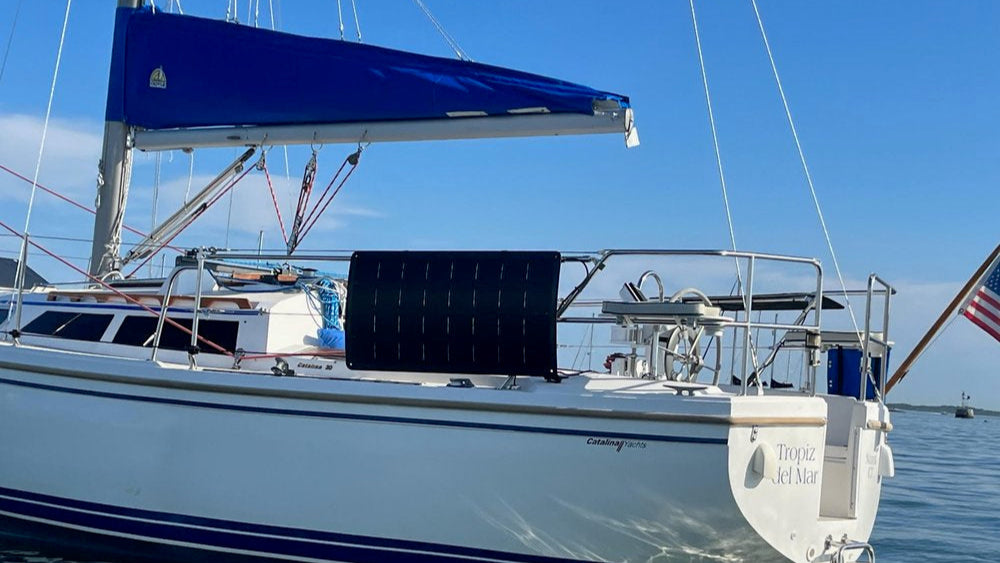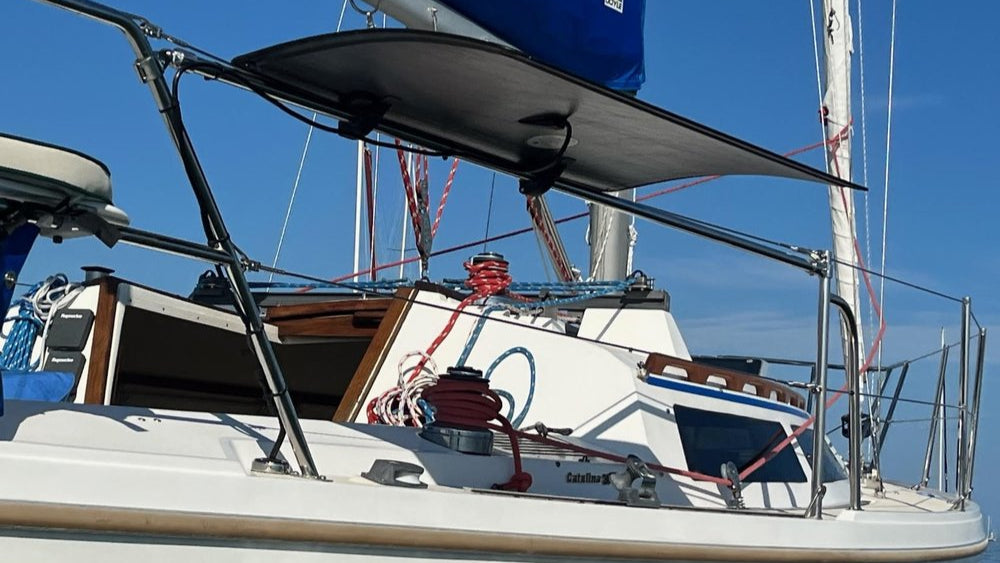Rail Mounted Solar Panels
This is a lightweight, rigid solar panel that clamps to railings, biminis and arches without struts or strings. The quick-release cam-lock hardware is simple to install yet provides instant adjustability to maximize solar intake.
Features
- Cantilever cam-lock rail mount hardware - no props or strings
- Rigid and rugged carbon fiber
- 1” structural perimeter mounting flange
- ‘Gluable’ structural backing for mounting
- Rounded, rubberized edges
- Weighs 5lb, ¼ the weight of glass panels
- Made in Canada
- Abrasion and impact resistant
- 25% efficient SunPower Maxeon cells
- Effortless to handle, setup and store
- Stands up to daily use and abuse
Benefits
- Installs in minutes - removable for storage
- Get 2X the energy per day compared with fixed panels
- Lightweight and rigidity makes it easy to handle and store
- Looks great
- Doesn’t catch shins, dock lines or sheets
Rail Mounted Solar Panel Collection
-
 165 Watt Rail Mounted Carbon Fiber Marine Solar Panel With Aluminum Adjustable BracketsFrom $1,165.00From $1,165.00
165 Watt Rail Mounted Carbon Fiber Marine Solar Panel With Aluminum Adjustable BracketsFrom $1,165.00From $1,165.00 -
 100 Watt Rail Mounted Carbon Fiber Marine Solar Panel With Aluminum Adjustable BracketsFrom $830.00From $830.00
100 Watt Rail Mounted Carbon Fiber Marine Solar Panel With Aluminum Adjustable BracketsFrom $830.00From $830.00 -
-
 140 Watt Rail Mounted Marine Solar Panel$690.00$690.00
140 Watt Rail Mounted Marine Solar Panel$690.00$690.00 -
-
-
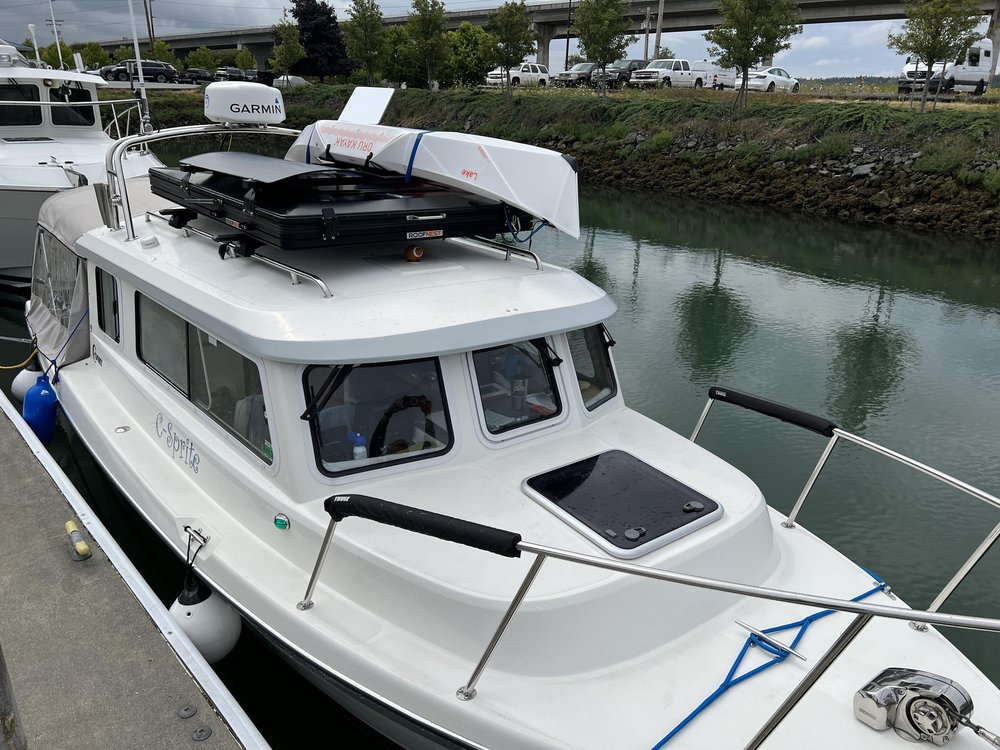 110 Watt gLeaf Solar Panel$699.00$699.00
110 Watt gLeaf Solar Panel$699.00$699.00 -
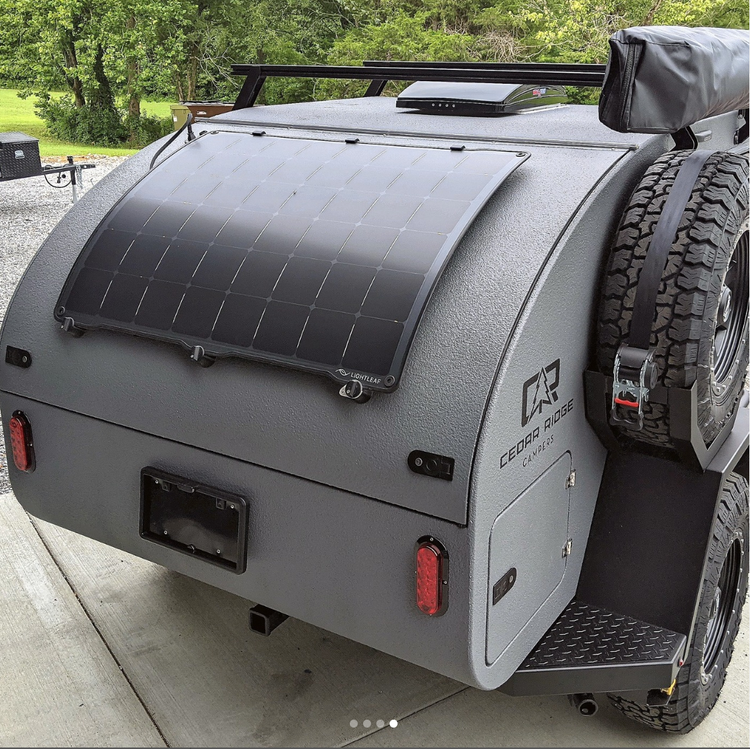 110 Watt DropLeaf Solar Panel$818.00$818.00
110 Watt DropLeaf Solar Panel$818.00$818.00 -
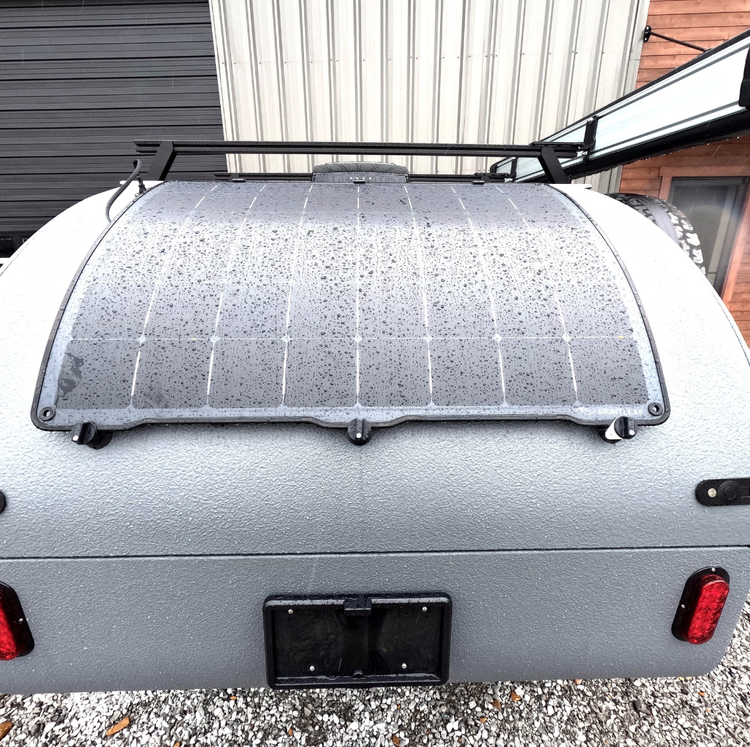 140 Watt DropLeaf Solar Panel$949.00$949.00
140 Watt DropLeaf Solar Panel$949.00$949.00 -
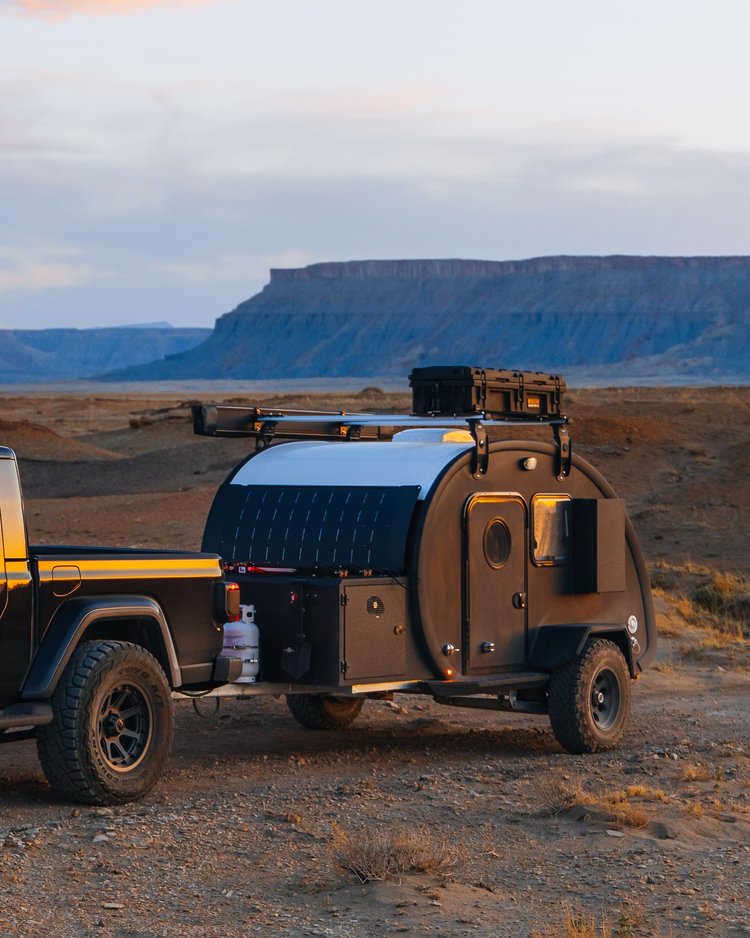 160 Watt DropLeaf Solar Panel$1,028.00$1,028.00
160 Watt DropLeaf Solar Panel$1,028.00$1,028.00
Rail Mounted Solar Panel Video
100W Rail Mounted Carbon Fiber Solar Panel with Aluminum Adjustable Brackets
100W Rail Mounted Carbon Fiber Solar Panel with Seadog Brackets
100 Watt Rail Mounted Carbon Fiber Marine Solar Panel With Aluminum Adjustable Brackets
100 Watt Rail Mounted Carbon Fiber Marine Solar Panel With Seadog Brackets
Photo Gallery
A Few Facts About Our Premium Marine PV Solar Panels
- The key to a high performance, high quality marine solar panel that will last is the quality of the solar cells used in the panel. We and SeaLeaf use only the highest efficiency grade A+ solar cells.
- Our panels are built with premium SunPower's highest efficiency A+ Grade, up to 25.4% efficient monocrystalline back contact solar cells
- Our solar panels have essential blocking and bypass diodes built in (to prevent power from flowing into shaded panels or from batteries into solar panels at night)
- Our solar panels have potted (filled with silicone) junction boxes to protect the electronics from environmental damage.
- The SeaLeaf solar panels have strong and light carbon fiber backing and marine grade sealants.
Panel Type - There are many articles written on the two types of solar panels also referred to as photovoltaic panels (PV); monocrystalline and polycrystalline. Monocrystalline panels are made up of single crystal silicon wafers. Polycrystalline panels are made using silicon wafers that have a multiple crystalline structure. There are pros and cons to each type of panel. Monocrystalline panels have a higher output per square inch. They can be sensitive to shading and output will degrade on cloudy days. Polycrystalline panels tend to have a lower output per square inch in direct sun , may not as sensitive to being shaded and are less expensive. It is important to note that today's newer high quality polycrystalline panels perform within 10% of some monocrystalline panels in full sun. The premium monocrystalline SunPower cells used in ours and SeaLeaf's marine solar panels provide the best all around performance of any solar cells on the market generating the highest watt hours of power per day.
Panel Solar Cell Quality - Because boats have a relatively limited space for solar panels, maximum power output per surface area is very important. The quality of the solar cells used in solar panels is a key factor in determining the panel output. Solar cells are passed under a standard light source and graded as to their output (1-10). Grades are grouped into classes. Class A (and A+) solar cells are grades 8-10, Class B solar cells are grades 4-7 and so on. Solar cell quality follows a bell curve; there are many more Class B solar cells than Class A. We at Custom Marine Products specify only the best Class A-9 (A+) solar cells for use in our panels which results in a panel efficiency of up to 25.4%. Less expensive Class B and C panels are often used on land based solar farms where space is not an issue. Though a bit more expensive, our customers have reported that our solar panels often outperform the performance rating on the panel label.
The Importance of Solar Cell Quality - Not All 100 Watt Solar Panels Are Created Equal - High quality high performance solar cells will produce more power at various sun angles than lower quality solar cells; up to 30% more power. An important consideration in determining how much solar power you need is how many watt hours or amp hours of power you can expect to generate in a 24 hour period. Let's say you cruise in an area that receives an average of 5 hours of full sun a day. The average is computed based on the seasonal sun angle and the sun angle from morning through evening. A 100 watt solar panel with average efficiency solar cells may produce 100 watts x 5 hours or 500 watt hours of power in a day. At 13 volts that's about 38 amp hours in a day. A 100 watt panel with high efficiency solar cells will produce up to 30% more power in a 24 hour period or 100 watts x 6.5 effective hours or 650 watt hours of power in a day. At 13 volts, that's about 50 amp hours in a day. 38 amp hours vs. 50 amp hours in a day is significant on a boat (or van or RV). Add more panels in the mix, say 400 watts and we see 152 amp hours vs.200 amp hours, a difference of 48 amp hours. This simple analysis does not take into consideration the impact of clouds or shading both of which will make the disparity even greater. Clearly, the higher the quality of the solar cells the more power produced over time.
Panel Shape - The largest market for solar panels is commercial applications where many many panels are mounted on a roof or in a field. These panels are usually rectangular in shape often twice as long as wide, which as it turns out is ideal for rail mounted solar panels.
Marine Grade - It's no secret that the marine environment, especially salt water, can be tough on equipment. To withstand the rigors of the marine environment, solar panels should have strong stout anodized aluminum framing, should be well sealed and waterproof, and have the electrical box on the back of the panel encased in an inert non-corrosive waterproof material (like silicone) to protect the electronic components.
Quality marine grade solar panels are designed with bypass diodes to stop power from cells not producing and draw more from producing cells. This significantly reduces the impact of shading that so often occurs on boats. Properly designed solar panels using diodes eliminate the need for dedicated solar controllers for each panel. Our solar systems often include many solar panels wired in series or parallel feeding a single solar controller.
Solar Tax Incentive - As long as there is a head, galley, and at least a bunk onboard and your boat is docked in the United States, your vessel qualifies. This Federal tax credit is a 15%-30% credit on all qualified expenses to purchase and install solar panels and a solar system (including any installation charges), with no maximum limit for equipment placed in service after 2008. Plus you may have additional tax credits in your state.
Frequently Asked Questions
How much solar power do you need on your boat?
The amount of power needed while cruising depends on many factors including the energy used by appliances and lighting, the output of the engine alternator, the climate and the length of time away from shore power. These and other factors will determine the amount of solar power and thus size of the solar panel(s) you may need for your boat (or van / RV).
How do I mount flexible solar panels to my bimini or dodger?
Bolt-on System - Customers have found that using our canvas bolt-on kit works well for mounting our flexible marine solar panels directly to their boat's bimini or dodger canvas. The kit includes a vinyl disk to be adhered to the underside of the canvas, fender washers to secure the bolt to the canvas, a bolt and nut to tighten the washers to the canvas and an acorn nut to secure the solar panel to the bolt. The kit includes 4 or 6 sets of attachment hardware depending on the solar panel. All metal components are stainless steel.
Magnet Mounting System - This mounting system does not require holes in the canvas. We have found very high power rare earth magnets (up to 20 pound pull strength per magnet) are ideal for temporary mounting of our flexible solar panels on a boat's canvas bimini or dodger. Our rare earth magnet kit includes 8 or 12 magnets and adhesive to attach the magnets to the upper side of the solar panel.
What are the best marine solar panels?
best marine solar panels have five essential components:
1. Sunpower cells - even if a cell is partially shaded they still produce power. Sunpower's A+ grade cells (Maxeon) are among the best available putting out up to 25.1% efficiency.
2. Potted (silicone filled) junction boxes - so saltwater cannot corrode the electronics.
3. Easily mountable, either semi-flexible or rigid panels with stout anodized aluminum framing, depending on the application.
4. A+ grade solar cell quality. Cheaper panels will have lower quality, less efficient cells. Space is always at a premium in marine applications so the highest efficiency cells available are imperative. Highly efficient cells produce considerably more power at lower sun angles than lower grade cells.
5. Have bypass diodes to significantly reduce the impact of shading that often occurs on boats.
How much more power can I get from a pole mounted solar panel vs a flat mount?
Our top-of-pole mounting system enables manual tracking of the sun position for maximum panel performance and keeps the panel up and out of the way of the rigging. Rotating or tilting the panel just several times a day to obtain an optimum sun angle can increase the panel output by as much as 30%. This means more power from a smaller panel; ideal for the marine environment where space is limited. Our systems are easy to install and remove. In severe weather, simply tilt the panel horizontally or remove one bolt (or quick release pin), unplug two wires and lift the panel off the pole.
What is the difference between a cheap marine solar panel and an expensive marine solar panel?
High quality high performance solar cells will produce more power at various sun angles than lower quality solar cells; up to 30% more power. An important consideration in determining how much solar power you need is how many watt hours or amp hours of power you can expect to generate in a 24 hour period. Let's say you cruise in an area that receives an average of 5 hours of full sun a day. The average is computed based on the seasonal sun angle and the sun angle from morning through evening. A 100 watt solar panel with average efficiency solar cells may produce 100 watts x 5 hours or 500 watt hours of power in a day. At 13 volts that's about 38 amp hours in a day. A 100 watt panel with high efficiency solar cells will produce up to 30% more power in a day or 100 watts x 6.5 effective hours or 650 watt hours of power in a day. At 13 volts, that's about 50 amp hours in a day. 38 amp hours vs. 50 amp hours in a day is significant on a boat. Add more panels in the mix, say 400 watts and we see 152 amp hours vs.200 amp hours, a difference of 48 amp hours. This simple analysis does not take into consideration the impact of clouds or shading both of which will make the disparity even greater. Clearly, the higher the quality of the solar cells the more power produced over time.
How much solar power do I need on my boat?
It depends on how much power your boat uses and what you are trying to accomplish. Running a radio for an afternoon will use considerably less power than a refrigerator, lights, water pump, and a computer while living aboard on an anchor. Sizing your solar system is not an exact science and it may be best to leave space on your solar controller to size up as needed. As they say, you can never have too much power! An abundance of power is much more fun than a deficit. We have a google docs sheet available for edit to help you figure out the power you need, see it here: Power Consumption Worksheet. Of course feel free to call us any time to discuss your needs, we've built hundreds of solar systems and are happy to share our knowledge.
Can I power my refrigerator with a 120 watt panel?
Most likely yes. It will depend on the battery bank you have to run it when the sun isn't shining. Refrigerators on boats are one of the most frequent uses for solar power. Here is a google docs sheet available to help you figure out the power you need on your boat: Power Consumption Worksheet. Generally a refrigerator on a boat draws 5 amps.
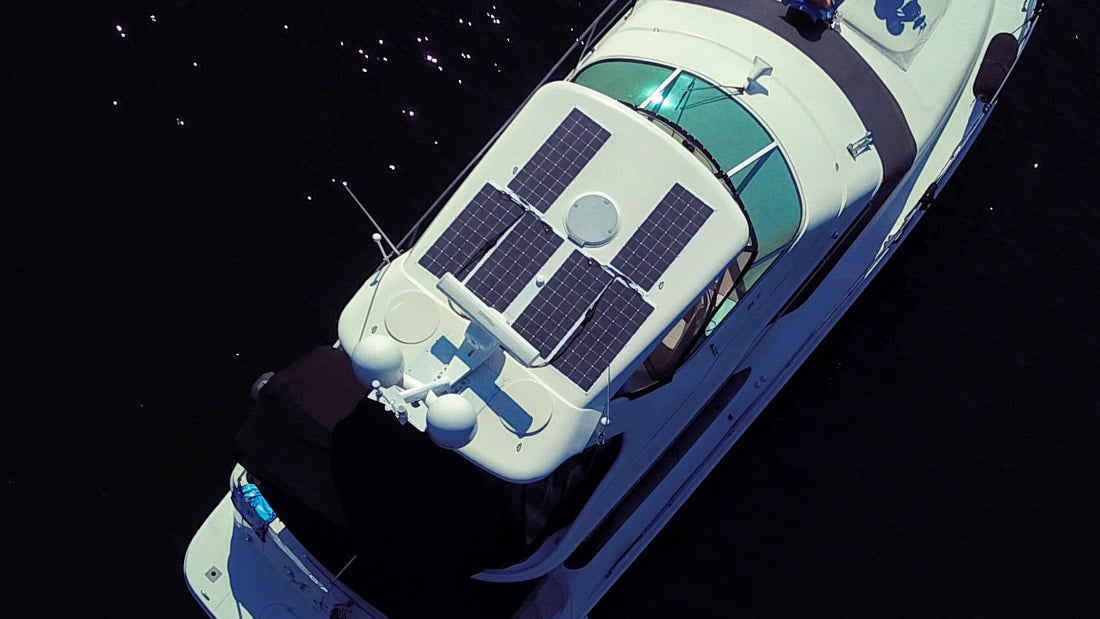
Premium Marine Solar Panels/Systems and Lithium Iron Batteries
Improve your cruising experience with the highest efficiency solar panels available.
Shipping
Products ship day after payment domestically. Free shipping on orders over $500 applies to Lower 48 US states only. International takes longer. We do not add tariff charges. Call for pricing.
Custom Designs & Custom Made Panels Available on Request
Our engineers will work with you to design a solar system specific to your needs including Lithium Batteries if you like. (Batteries are 10% off w/ solar system purchase).
If you'd like a custom solar panel, we can do it at $10/watt, more info here: Custom Solar Panels
Call Us: 248-712-1526
Federal Solar Tax Credit
💡 Did you know? You may qualify for a 30% Federal Solar Tax Credit on your marine solar system.
👉 Learn More
Popular Collections
- Your collection's name
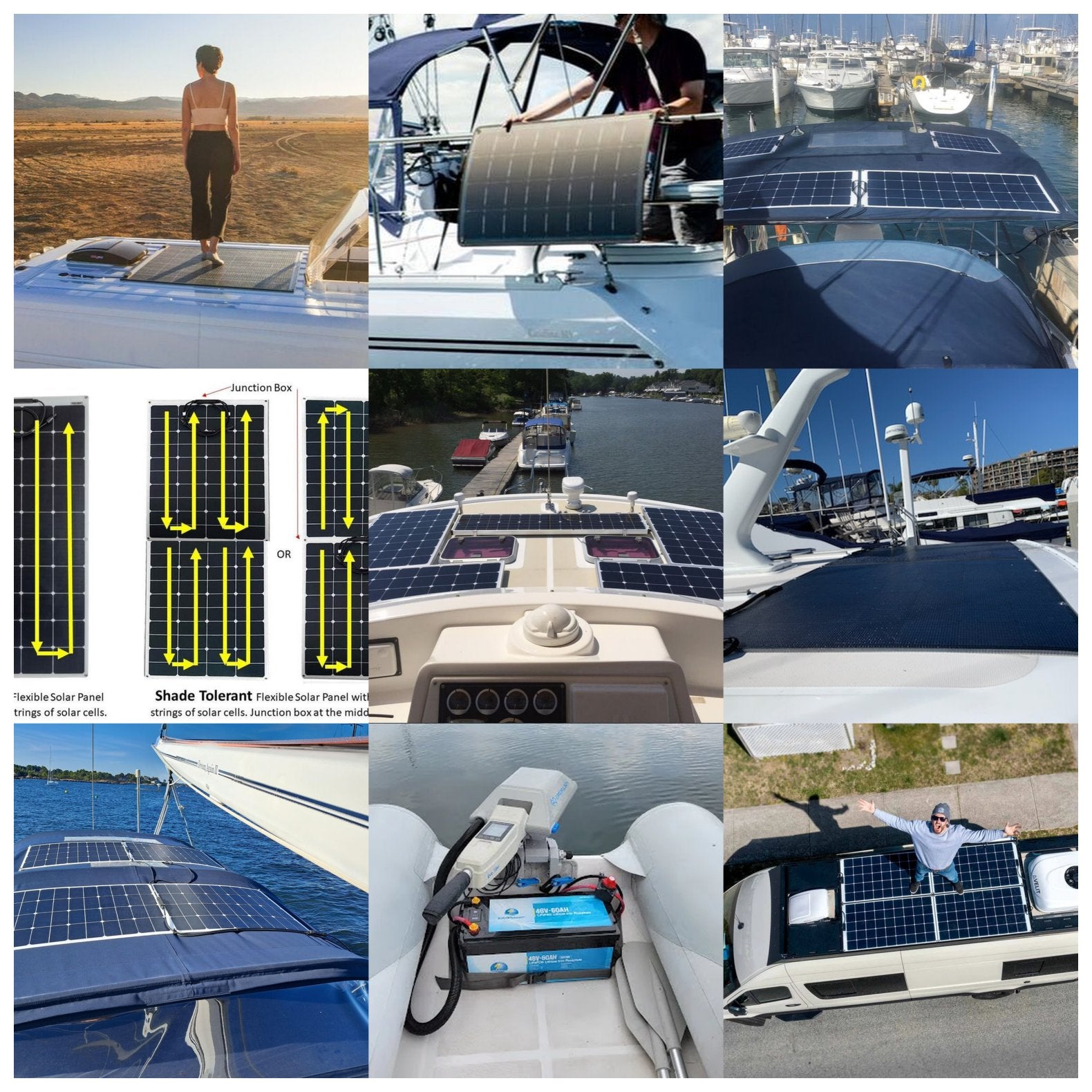
Marine Solar Panels
- Your collection's name
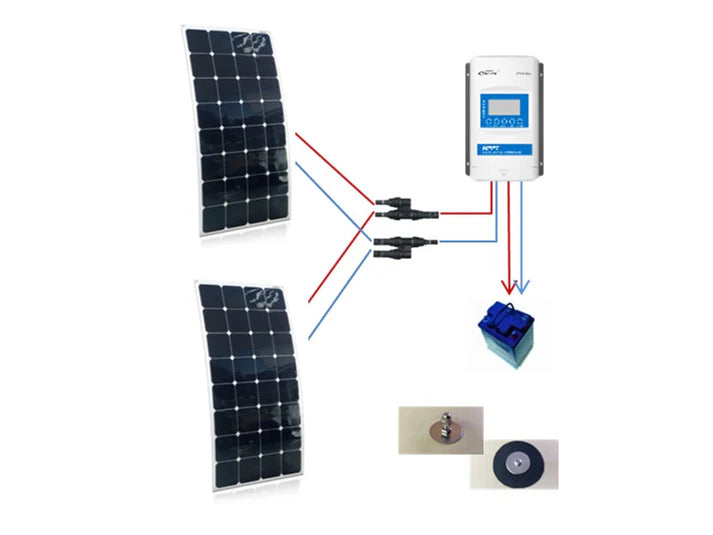
Solar System Kits
- Your collection's name
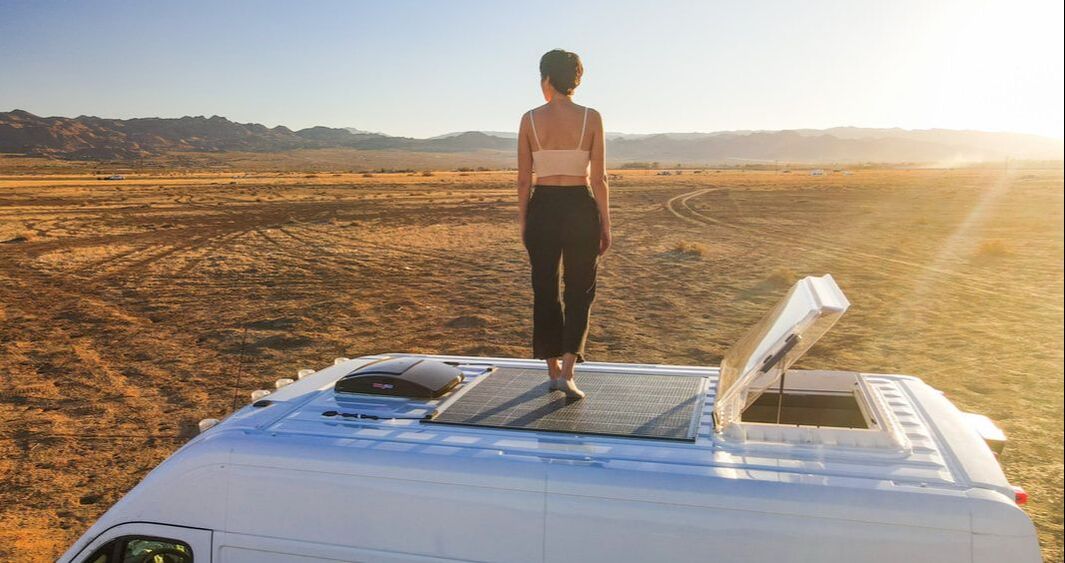
Walkable Van Solar Panels
- Your collection's name
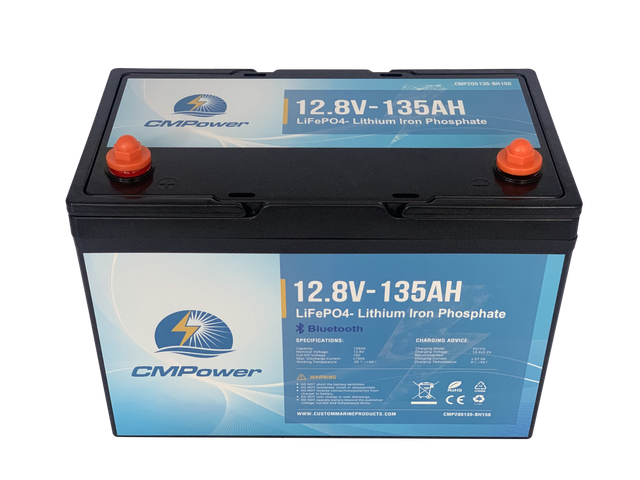
LiFePO4 (Lithium Iron Phosphate) Marine Batteries
